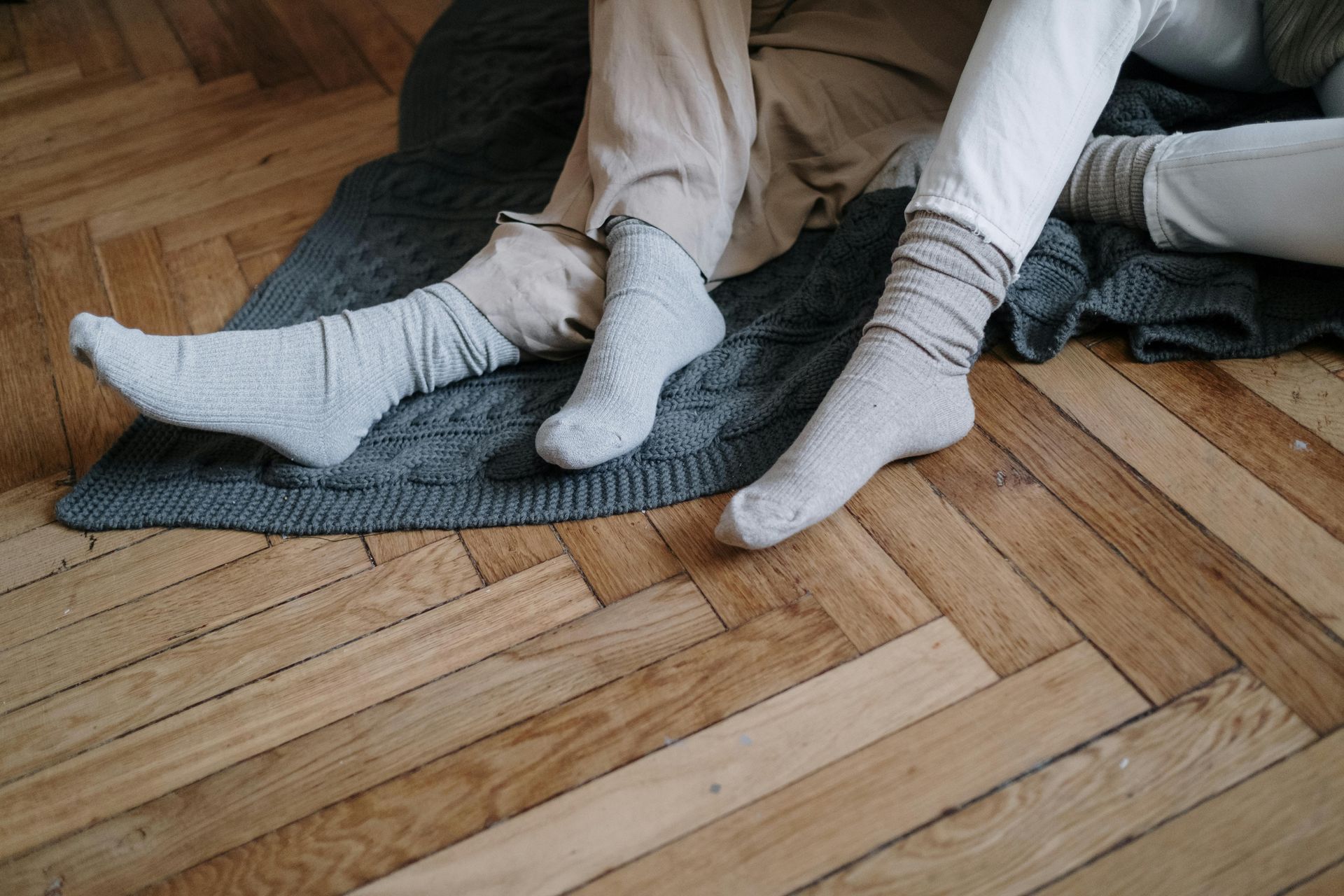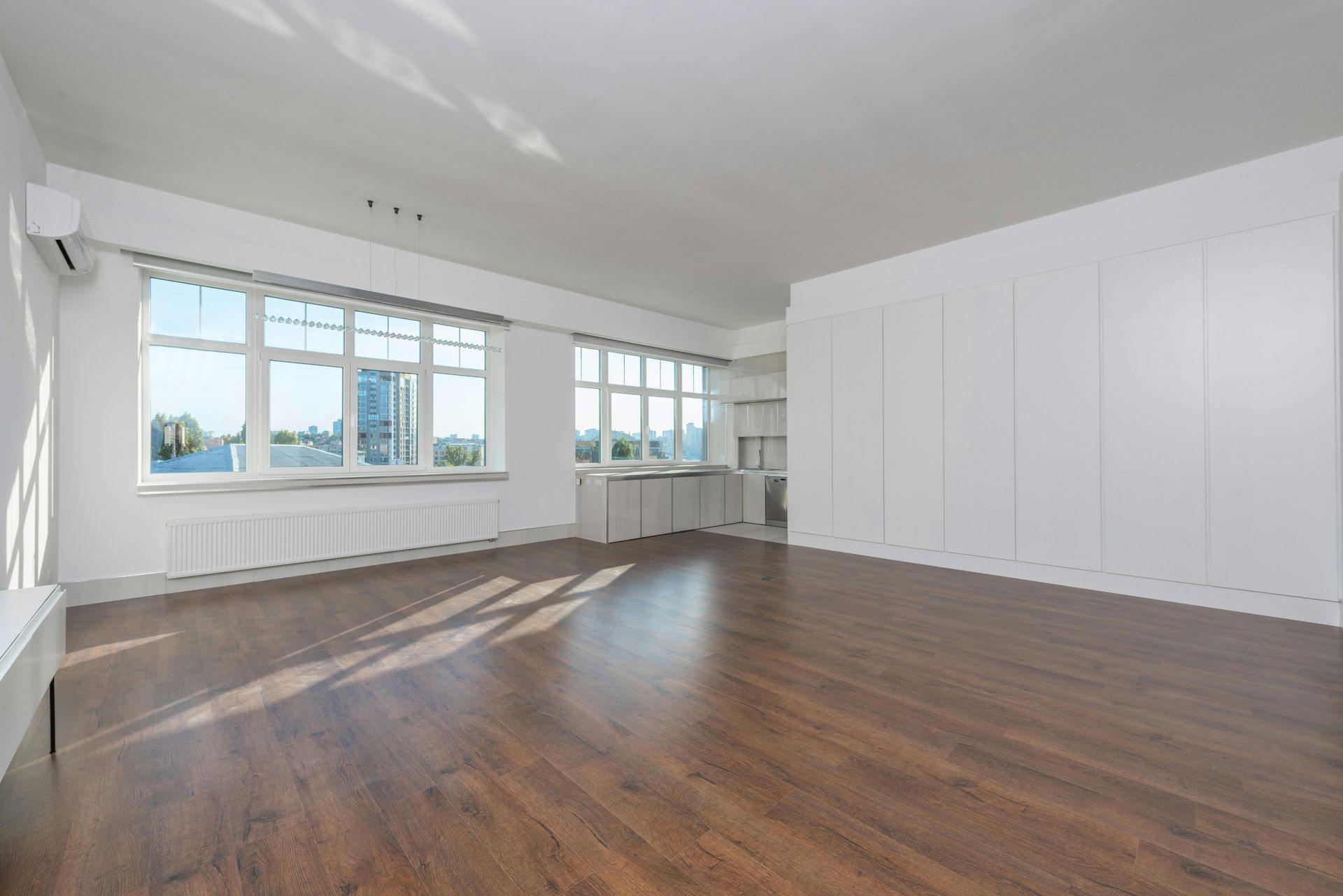Installing Interlocking Stacked Stone: A Comprehensive Guide
Interlocking stacked stone panels are a popular choice for homeowners looking to add a touch of elegance and natural beauty to their interiors and exteriors. These panels are not only visually stunning but also durable and easy to install, making them an excellent choice for both DIY enthusiasts and professional installers. In this guide, we'll explore everything you need to know about installing interlocking stacked stone, from preparation to maintenance.
What Are Interlocking Stacked Stone Panels?
Interlocking stacked stone panels are pre-assembled panels made of natural stone pieces that fit together seamlessly. These panels create a stunning, three-dimensional effect and are used for various applications, including:
- Accent walls
- Fireplaces
- Backsplashes
- Outdoor facades
- Garden walls
Benefits of Interlocking Stacked Stone Panels
- Aesthetic Appeal: The natural beauty of stone enhances any space.
- Durability: Stone is a long-lasting and resilient material.
- Ease of Installation: Interlocking panels simplify the installation process.
- Versatility: Suitable for both indoor and outdoor use.
Preparing for Installation
Tools and Materials Needed
- Interlocking stacked stone panels
- Measuring tape
- Level
- Pencil or chalk line
- Wet saw with a diamond blade
- Trowel
- Notched trowel
- Mortar
- Grout
- Sponge
- Safety gear (gloves, goggles)
Surface Preparation
Before installing the panels, it's crucial to prepare the surface properly:
- Clean the Surface: Ensure the surface is clean, dry, and free of any debris.
- Check for Levelness: Use a level to check that the surface is even. If necessary, smooth out any uneven areas.
- Apply a Moisture Barrier: For exterior installations or areas exposed to moisture, apply a moisture barrier to protect the underlying structure.
Step-by-Step Installation Guide
Step 1: Measure and Plan
- Measure the Area: Measure the area where you plan to install the panels to determine how many panels you'll need.
- Plan the Layout: Lay out the panels on the ground to plan their placement and ensure a natural look.
Step 2: Cutting the Panels
- Mark the Panels: Use a pencil or chalk line to mark where cuts are needed.
- Cut the Panels: Use a wet saw with a diamond blade to cut the panels to size. Always wear safety gear while cutting.
Step 3: Applying Mortar
- Mix the Mortar: Follow the manufacturer's instructions to mix the mortar.
- Apply the Mortar: Use a trowel to spread a layer of mortar on the back of the panel and the wall. Use a notched trowel to create grooves in the mortar for better adhesion.
Step 4: Installing the Panels
- Press the Panels: Press the panels firmly onto the wall, starting from the bottom and working your way up. Ensure the panels interlock seamlessly.
- Check for Levelness: Use a level to ensure each panel is level before the mortar sets.
- Repeat the Process: Continue applying mortar and installing panels until the entire area is covered.
Step 5: Grouting and Finishing
- Apply Grout: Once the panels are in place, use a grout bag to fill in any gaps between the panels.
- Clean Excess Grout: Use a sponge to wipe away excess grout before it dries.
- Seal the Stone: After the grout has dried, apply a stone sealer to protect the stone and enhance its natural color.
Choosing the Right Interlocking Stacked Stone Panels
Selecting the appropriate interlocking stacked stone panels is crucial for achieving the desired look and functionality for your project. Here are some factors to consider when choosing the right panels:
Material and Color
Interlocking stacked stone panels come in various materials such as slate, quartzite, marble, and travertine. Each material has its unique texture, color, and durability. Choose a material that complements your existing decor and meets the demands of the environment where it will be installed.
Application
Consider where you will be installing the panels—indoors or outdoors. Some materials are better suited for specific applications. For example, quartzite is highly durable and resistant to weathering, making it an excellent choice for exterior installations.
Common Mistakes to Avoid During Installation
Installing interlocking stacked stone panels can be straightforward, but there are common pitfalls that can compromise the final result. Here’s what to watch out for:
Inadequate Surface Preparation
Failing to properly prepare the surface can lead to poor adhesion and an uneven finish. Ensure the surface is clean, level, and dry before beginning the installation.
Incorrect Mortar Application
Applying too little or too much mortar can affect the stability of the panels. Use a notched trowel to apply an even layer of mortar, ensuring full coverage without excess.
Skipping Grout and Sealing
Neglecting to grout and seal the panels can result in water infiltration and damage over time. Always fill gaps with grout and apply a high-quality sealer to protect the stone and prolong its lifespan.
Maintenance Tips
To keep your interlocking stacked stone panels looking their best, follow these maintenance tips:
- Regular Cleaning: Clean the stone regularly with a soft brush and mild detergent.
- Avoid Harsh Chemicals: Do not use harsh chemicals or abrasive cleaners that can damage the stone.
- Inspect for Damage: Periodically check for any loose or damaged panels and repair them promptly.
Frequently Asked Questions
What surfaces can I install interlocking stacked stone panels on?
You can install them on a variety of surfaces, including drywall, cement board, brick, and concrete. Make sure the surface is clean, dry, and properly prepared.
Do I need a professional to install stacked stone panels?
While professional installation ensures the best results, interlocking stacked stone panels are designed for easy DIY installation if you follow the proper steps and precautions.
How do I clean stacked stone panels?
Use a soft brush and mild detergent to clean the stone. Avoid harsh chemicals and abrasive cleaners. For exterior installations, a pressure washer on a low setting can be used.
Can I install stacked stone panels around a fireplace?
Yes, interlocking stacked stone panels are an excellent choice for fireplace surrounds. Ensure you use a heat-resistant mortar and grout.
How long does it take for the mortar to dry?
Mortar typically takes 24-48 hours to dry, depending on the temperature and humidity. Follow the manufacturer's instructions for best results.
Do I need to seal the stacked stone panels?
Yes, applying a stone sealer protects the stone from stains and enhances its natural color. Reseal the stone every 1-2 years or as needed.
By following this guide, you'll be well on your way to transforming your space with the timeless beauty of interlocking stacked stone panels. For more information or to explore our range of products, visit
Floors for Less.







